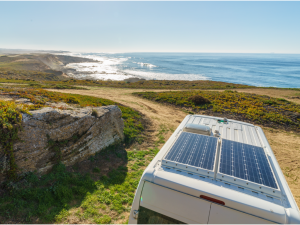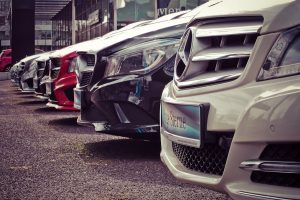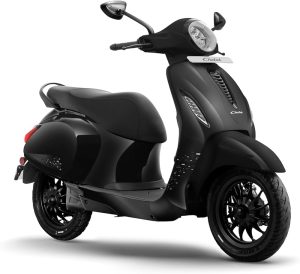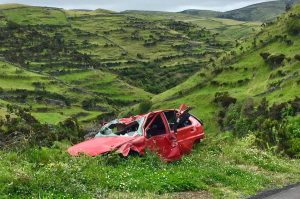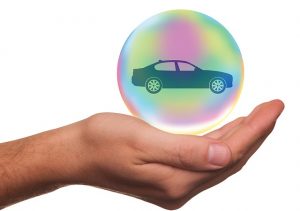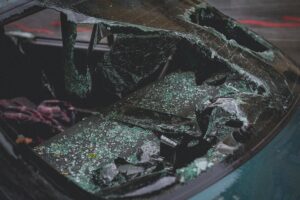7 Things All Drivers Should Do to Minimize the Risk of Collisions

Anyone who drives must be alert at all times to minimize the risk of an accident, but even the most careful driver can end up in a crash. The most common types of collisions on the road are:
- Hit from behind (rear-end)
- Head-on
- Side collision (T-Bone)
A high percentage of these happen at intersections, so it is important to be extra careful whenever you enter an intersection. Here are 7 other things all drivers should do to avoid accidents.
Be Aware of Traffic
One thing that can do a lot to help in keeping you safe is simply being aware of the traffic situation by looking up the road a ways. This will help you anticipate when to slow down so that you won’t be surprised when the driver in front of you decides to slam on their brakes.
Knowing that the stop is coming because you looked up the road will give you time to brake more gently and cause the cars behind you to follow suit and begin slowing down more gradually, reducing the risk of them hitting you from behind.
Check Your Mirrors
Whenever you come to a stop or even begin to slow down, you should be checking your mirrors. This should also just be a habit to do constantly while you are driving, about every five to eight seconds. This is helpful especially on highways when you have to come to a stop due to traffic and need to make sure that the vehicles behind you are also coming to a stop.
Plan Ahead
Planning an escape route, even when you don’t suspect an accident will occur, can save you when you least expect it. Notice what is around you, whether it is a curb, sidewalk, or shoulder, and figure out a safe route where you can swerve to avoid a charging car.
Stay Focused
Just because there weren’t vehicles there a moment ago doesn’t mean there aren’t any now – stay focused on your driving. People who aren’t paying attention can sneak up behind you and not realize that you are sitting there, whether it is because they are distracted by their phones or because they are simply not focused on the task at hand.
If you have an escape route planned, it can save you from another person who is not focused on driving safely. Otherwise, if you happened to be injured in a car accident like this, know that it is not your fault – you were hurt by the negligent actions of another driver, and can take legal action is necessary.
Brake Smoothly
If you know you are coming up on a red light or a stop sign, take your time getting to it; rushing to a stop creates an unnecessary safety hazard where the person behind you may not react as swiftly as you.
There are several other benefits to braking slowly and gradually: you will save on brake wear and fuel, and you may also find that the light turns green before you get to it, allowing you to continue forward without coming to a complete stop.
Get Your Brake Lights Checked
Drivers rely on brake lights to signal and warn them that a car is stopping, which is why it is important to check their status frequently. If a bulb burns out, it should be replaced as soon as possible. If you are alone and need to check your lights, simply use your reflection in the window of a storefront.
Leave Space
Leaving two to three lengths of a car in front of you both while you are driving and while you are stopped is always recommended. If you stop directly behind another person, you have blocked yourself in without an escape route and also put yourself at risk for rear-ending them if somebody rear-ends you hard enough to push you forward. While driving, the additional distance will give you more reaction time if the vehicle in front of you acts rashly.

